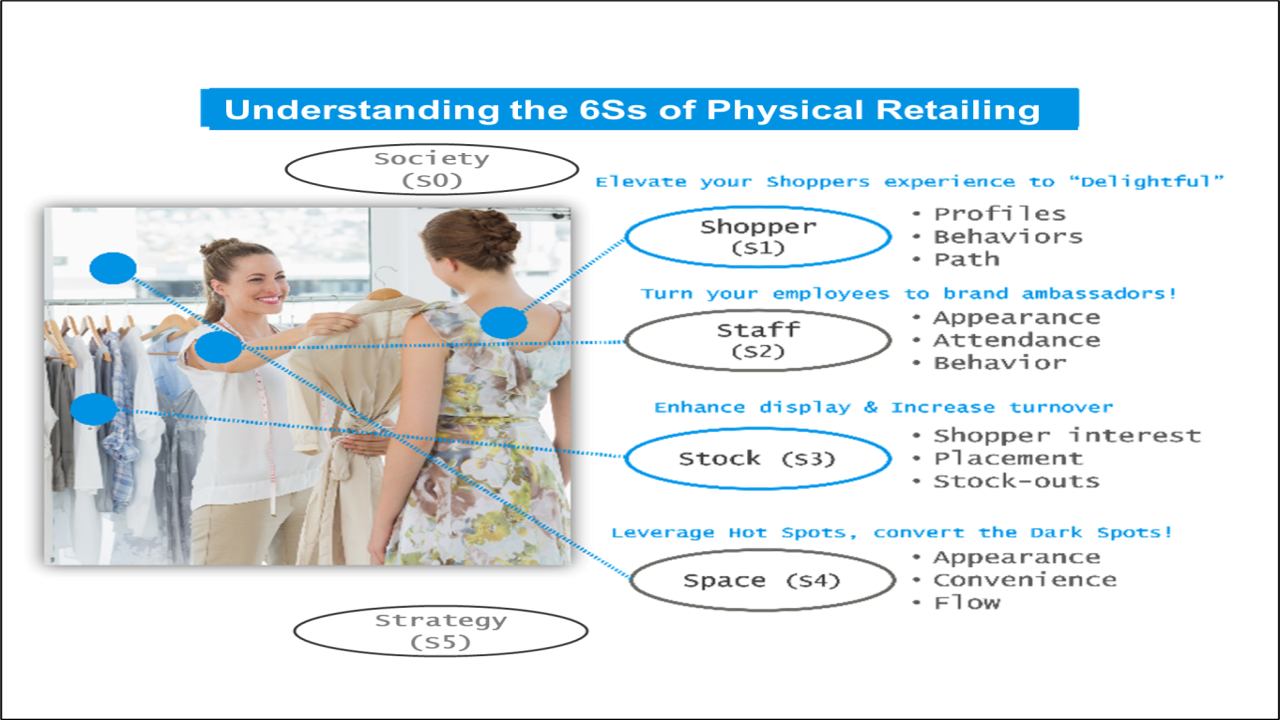Retail Fails: Market Share versus Share of Wallet
Wallet Share or Share of Wallet is defined by Wikipedia as “a survey method used in performance management that helps managers understand the amount of business a company gets from specific customers.”
Market Share has been defined by them as: “the percentage of the total revenue or sales in a market that a company's business makes up.
Both ratios are extensively used by marketers, but often without distinguishing between when to use each. However, confusing the two powerful metrics can lead to important cost and results impacts.
While pursuing Wallet-share is relatively easier, as:
You seek more data from existing customers already known to you, Since these shoppers have already bought what they need from you -- unless you have provided shoddy service, they are already inclined to look around for what else you have to offer. So the potential is limited.
IT Systems to achieve a higher share of wallets revolve around loyalty cards and CRM systems, both requiring capital investments and complex installations.
On the other hand, Market Share expands your client base. This requires understanding the profile of the customers you have – their demographics and lifestyle patterns. This information is then used to target similar profiles in the wider market by targeting them on social media or procuring profiled databases for direct messaging. The costs in this case tend to be variable (versus fixed capital costs) and can be incurred based on budget availability.
This also enables you to target new customers and broaden your target market.
Overall, while both strategies are powerful, it is important to understand their relative cost-benefit before jumping into implementation. For more on this read: Retail Fails: Wallet Share or Market Share
Or click here: https://tinyurl.com/Wallet-Share-vs-Market-Share






Comments (0)